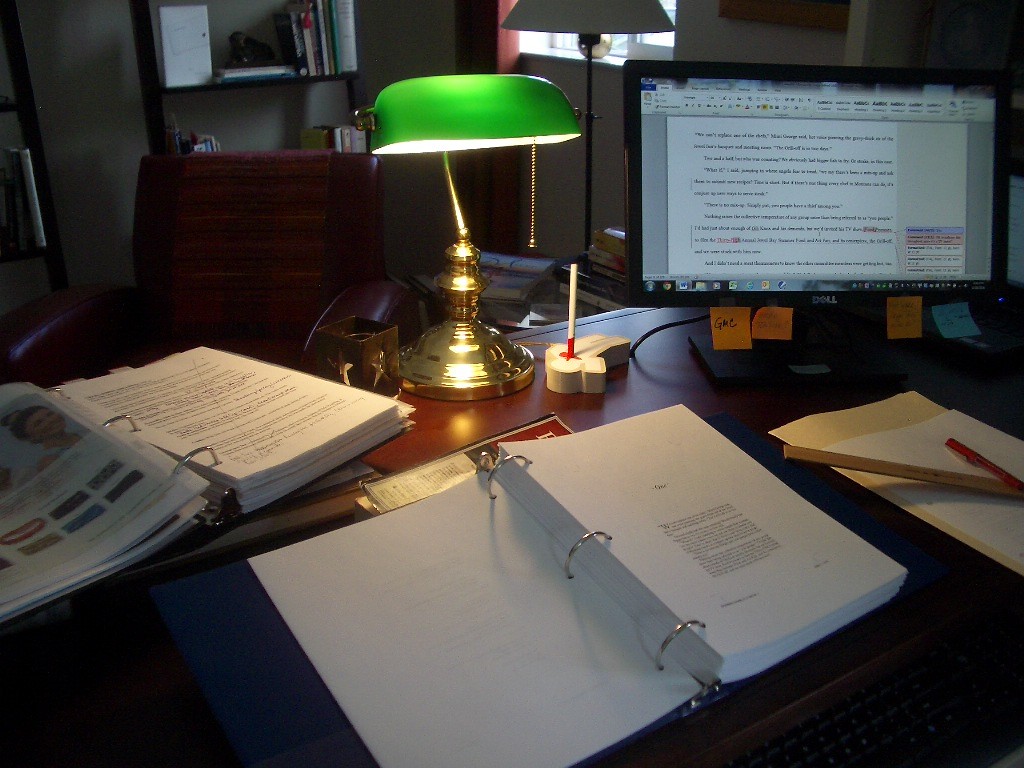Nothing like boots – or sandals or tennies – on the ground.
I’m a very placed writer, and walking possible story locations, in person or in my mind, helps spark ideas. I’m at that point in the beginnings of a new novel, and fortunately, a good chunk of it is set close by, so I can check out locations I think might be important to the story. I can see what my character sees and begin to think “if he parked his RV in this campground, he’d want to be way at the end, away from other people.” That thought helps me flesh out what I know about him and his worldview and worries. Then I look out at the patch of river and begin to imagine ways it could be part of the story. I can see where a divorced dad might meet his teenage daughter for breakfast on Saturday mornings, and get a feel for their relationship. In a book where the conflict between the haves and have-nots is an important part of the back story, I can see how the grand historic home of one man, with its views of the river and the mountains, might grate on another man, who feels he can never get ahead no matter how hard he tries. Their sons go to the same school but go home to very different worlds. How will that play out?
I say a specific spot “might be important to the story,” because I don’t know. It’s early. The characters will tell me, as we take our journey together, whether they do in fact live in this house or another one. But by taking a look at the possibilities, I’m feeding my subconscious, the key to any kind of creative work.
Grab a friend if you can. My husband scouted an RV park with me. When my BFF visited, I dragged her to a town thirty miles away for breakfast (no serious hardship), then we prowled through a historic building together, walked a city park I’d never visited, and explored an old cemetery. Her questions about the town and neighborhoods prompted me to think about my characters in new ways. She saw things I might not have seen—how the trees would have grown and changed a view from when thirty years ago when the story conflict began, for example.
We’ll talk another time about using Google Maps, Facebook photos, and other online tools to ground-truth a story. Meanwhile, lace up your walking shoes, grab your phone or camera, and walk the mean streets with your story people.

